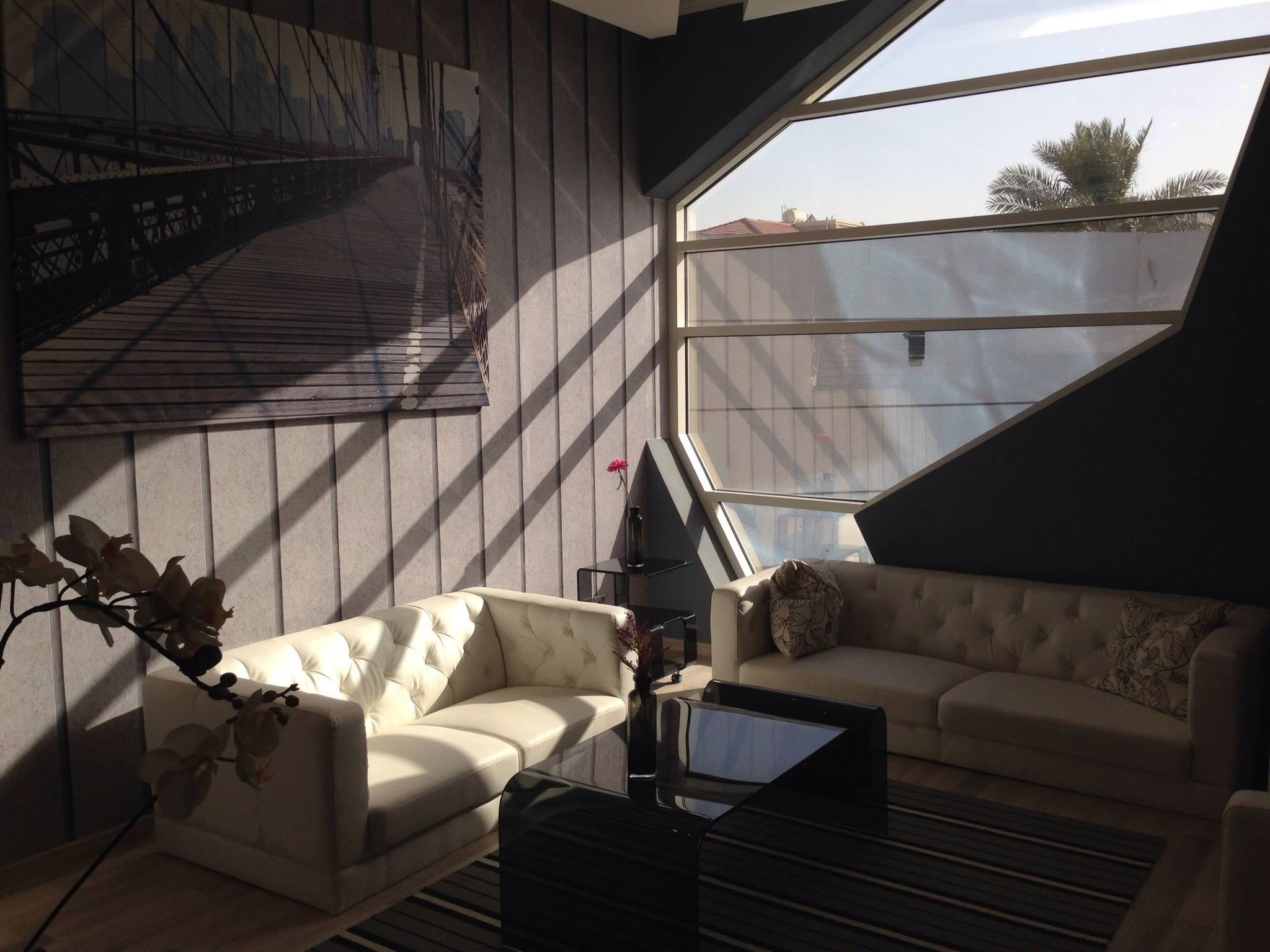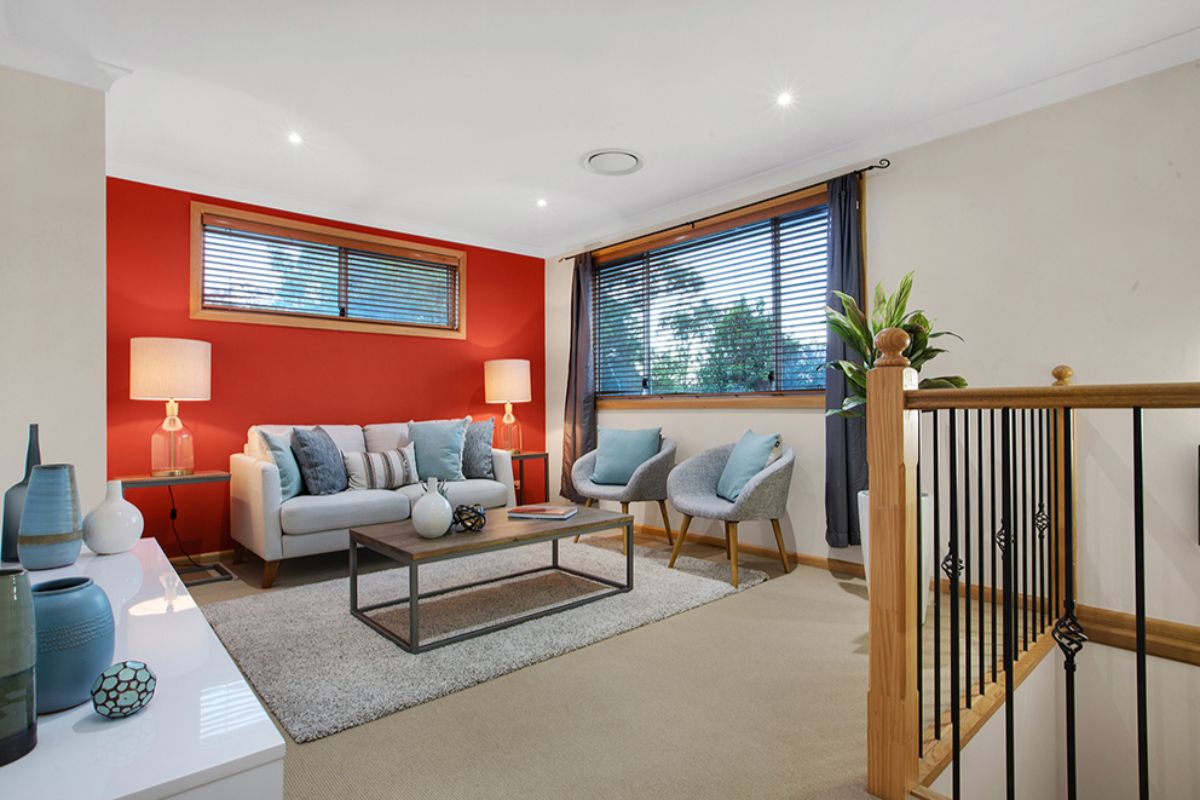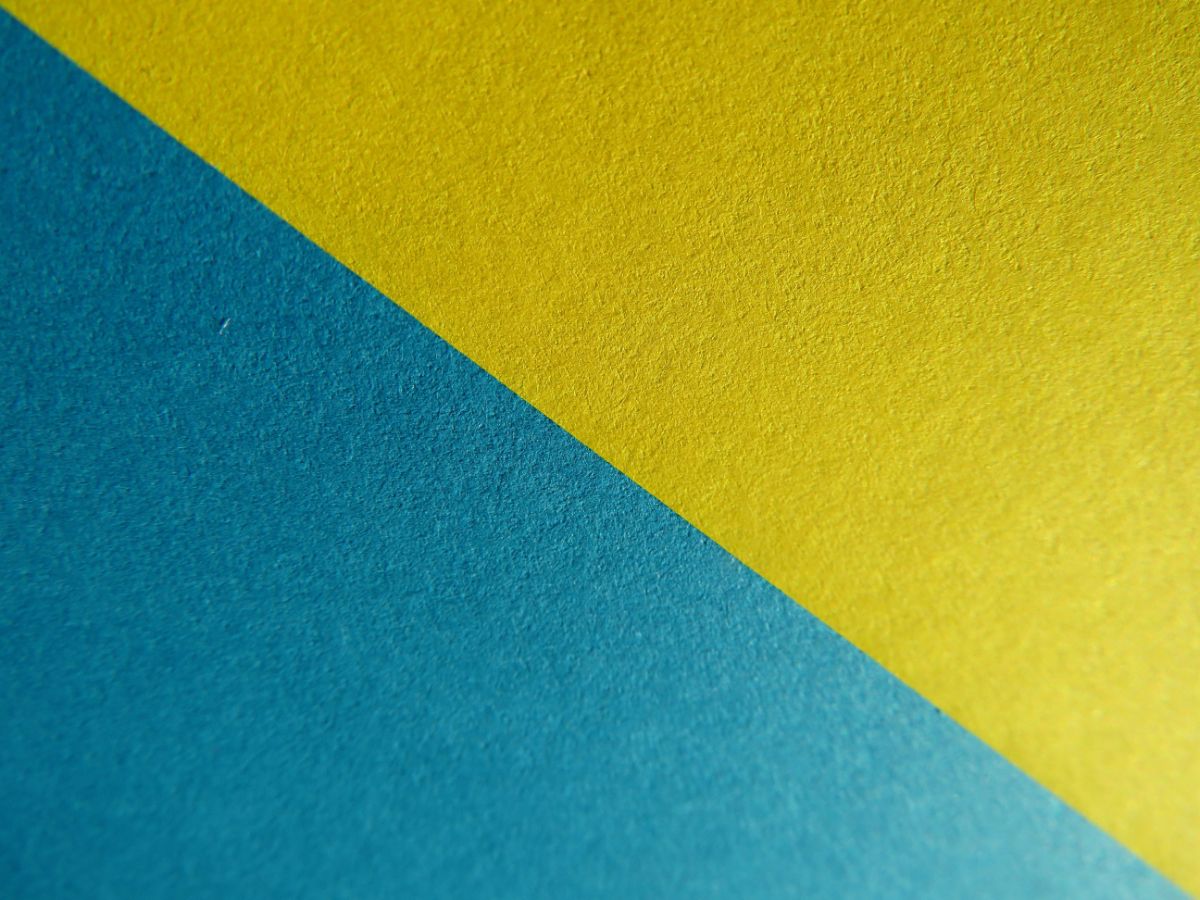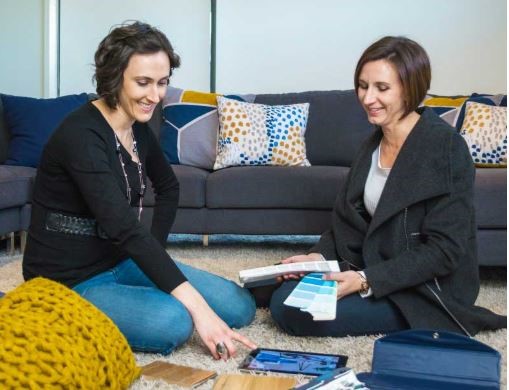How Does Natural Light Influence Your Perception Of Colour?
A significant role-player in the presentation of colour is natural light
Natural Light Will Affect Colours
- Always consider natural light when choosing a colour for a room.
- The amount of sunlight beaming into an area will change during the course of the day and the season.
- Artificial light influences colour too, depending on the type of bulb you use.
South-Facing Rooms
- Natural Light in south-facing rooms is cool and bluish. Therefore, avoid using colours with a green or grey base. Use warm, soft shades of white and yellow-based colours since they reflect light.
- Avoid using pure white. It will make the room look cold and clinical.
- Use strong bold colours to accentuate focal areas.
- Accessorise with a wall mirror; mirrors reflect light.

North-Facing Rooms
- Natural light in north-facing rooms will make dark colours look brighter and lighter colours will glow.
- A great way to capitalise on the ambience of light would be to create a modern look with simple and elegant colour schemes, accentuated by pops of bold colour.
- Bold colours can be introduced by using accessories artwork, vases and decorative cushions.

“Everywhere in Australia, the ideal aspect tends to be north or northeast – the very best, according to McGrath, is precisely 10 degrees east of due north – to let there be light.”

Artificial Light
Artificial light influences colours and if you notice something amiss about the colour of the paint in a room at night don’t repaint. Change the light bulb.

Incandescent Light Bulbs – produce a warm, yellow-amber light, causing reds, oranges and yellows to become more vivid. Simultaneously blues and greens will be muted.
Fluorescents Light: – enriches blues and greens.
Halogens: Perhaps the best choice of all lights. These mostly resemble natural light.
LEDs: – though LEDs don’t produce the same rendering effect compared to other lights, they are long-life energy-efficient lights. Some LED bulbs are colour adjustable.

Test Colours First
- Get paint samples from your local paint supplier or hardware store.
- NB: ALWAYS test the paint colour on the WALLS first.
- Paint a patch of undercoat 30cm x 30cm in more than one spot of the room.
- Paint the colour of your choice over the undercoat. Leave to dry. Paint another layer – this will ensure you get the proper saturation.
- Leave the areas to dry well.
- Live with the colours for two days or so before deciding – bearing in mind natural light influences the way you see colour.
Initially, this may seem an unnecessary step, but you will be glad you did. This small step will save you time, money and repainting.

Ronel and Nicolene are Property Styling and Decorating experts and love to help people style their properties.
They provide great reno tips from their own renovation days and share awesome decorating tricks.
Leave us a comment or ask any questions through our Instagram or Facebook account or email us at info@letsrevamp.com.au. We would love to help you.
Call us now on 02 9659 2556, Monday to Friday or MAKE AN APPOINTMENT
